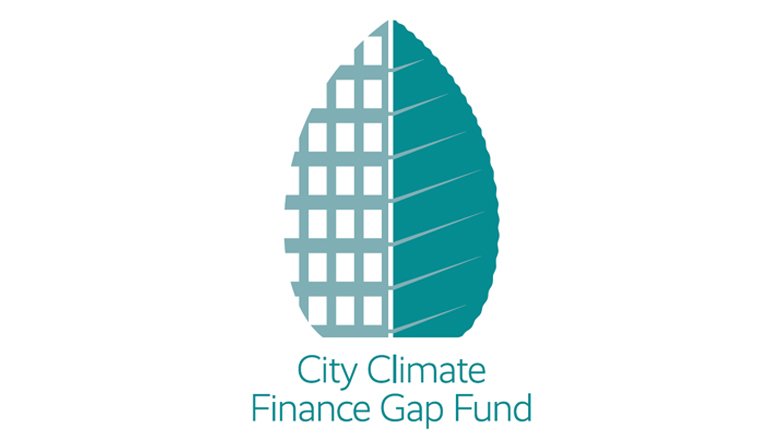The City Climate Finance Gap Fund helps cities in developing and emerging countries to realize their climate ambitions by turning low-carbon, climate-resilient ideas into strategies and finance-ready projects.
Cities are key to creating a climate-smart future. Over half the globe lives in cities, generating 80% of its total economic output and accounting for 70% of global CO2 emissions. While urbanization is a key driver of growth – unplanned, rapid urbanization and urban sprawl present a huge risk for increasing both greenhouse gas and vulnerability to climate change and other shocks.
As many cities and local governments take steps to become low-carbon and climate-resilient, they face barriers in accessing finance as well as difficulties in planning and project preparation, due to insufficient capacity or resources — particularly in the early stages of the project cycle. An estimated $93 trillion of sustainable infrastructure needs to be built by 2030, and up to $4.5 trillion will be required for project preparation.
Why the Gap Fund?
The City Climate Finance Gap Fund was created to help close the gap in urban-climate finance for early-stage climate strategy and project preparation in the developing world’s rapidly urbanizing cities. The Fund was operationalized by the World Bank and European Investment Bank (EIB) in September 2020 and is capitalized at 100 million euro, with the potential to unlock 4 billion euros in investments.
Why urban areas?
The science is clear: cities are hot spots for climate change. More than 70% of greenhouse gases come from urban areas today. We expect 70% of humanity to live in cities by 2050. An estimated 90% of rural to urban migrations will occur in Africa and Asia, where climate change will push millions of people to move.
Without urban climate action, cities rapid and often haphazard growth, especially in developing countries, will drive greenhouse gas emissions and increase residents vulnerability to climate change and other shocks. This would leave citizens even more vulnerable to climate change and its impacts, such as heat waves, flooding and health emergencies.
Why early stage?
Especially in the developing countries, cities frequently lack the capacity, finance and support needed for the early stages of project preparation. This typically leads to impasses, and project ideas often fail to progress. Better-prepared projects have higher chances to unlock funding for viable urban investments that contribute to local transformation, global climate goals and green recovery.
What do we offer?
The City Climate Finance Gap Fund provides a range of technical assistance and capacity building to support climate-smart planning and investment in cities in developing and emerging countries. It can:
- Provide city planners with upstream technical assistance and tailor-made tools to enhance cities’ low-carbon planning and resilience efforts to address urban sprawling growth.
- Help city leaders build a pipeline of high-quality, climate-smart urban investments, with a focus on early and often underfunded stages of project preparation.
- Facilitate the connection between cities and prospective financing partners, such as World Bank or EIB lending, or third-party financiers.
- Leverage international collaboration and partnerships with the Global Covenant of Mayors and city networks to learn from each other and standardize approaches.
We finance the following activities:
- Supporting city climate strategy development and the generation of in-depth analytics to assess the climate action and resilience potential of plans, strategies, and investment programs
- Providing capacity building for low- carbon capacity and climate-resilient urban development
- Supporting the prioritization of investments as part of a climate strategy or investment program
- Defining project concept definitions and the components of pre-feasibility studies
- Supporting a strengthened approach to project financing
- Matchmaking with additional support sources for later stages of project preparation
- Offering potential support to fill in other project preparation gaps
The City Climate Finance Gap Fund provides advisory and technical assistance support only. It may help identify further sources of funding for later project cycle stages but it is not designed to finance investments directly.

